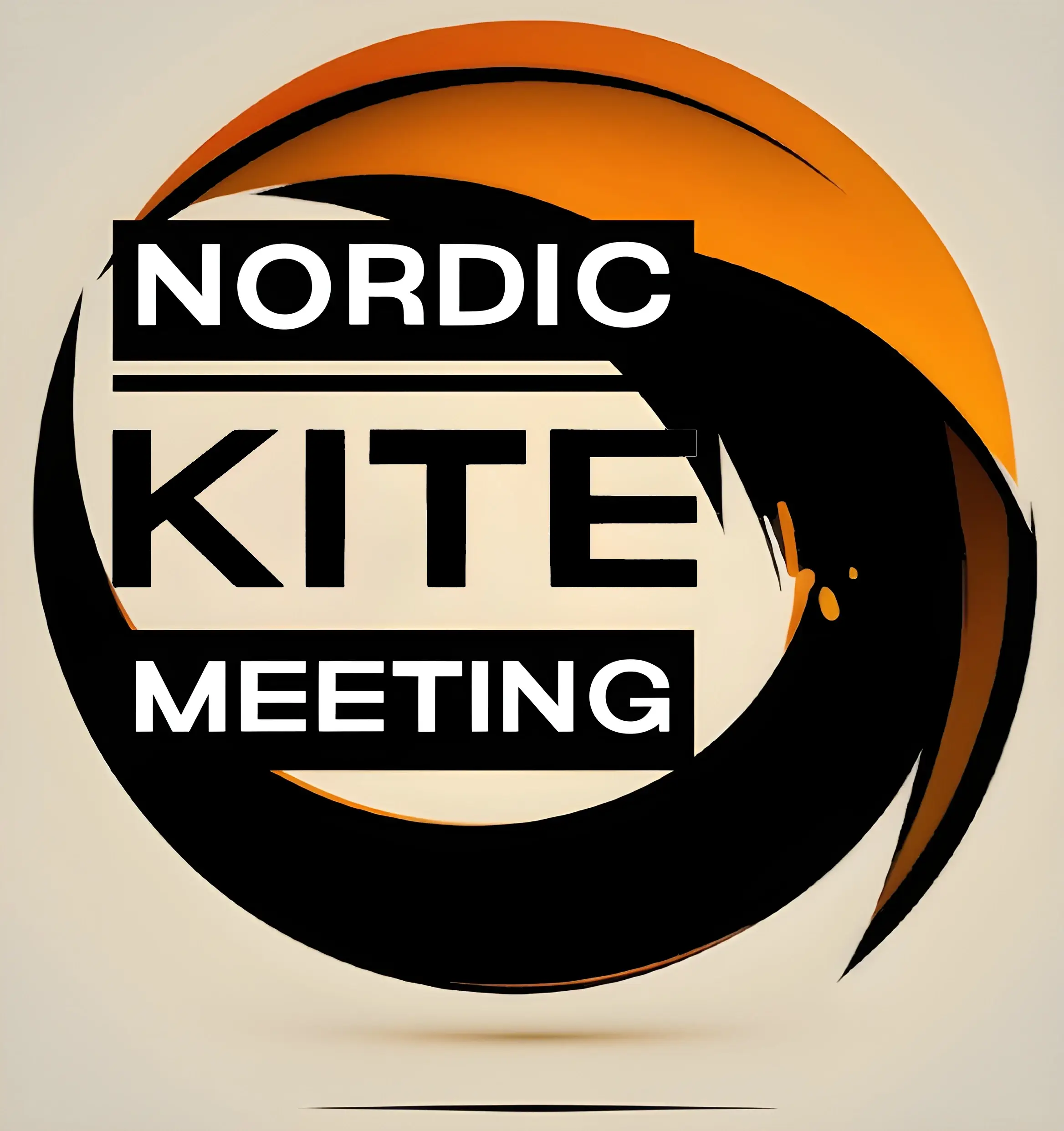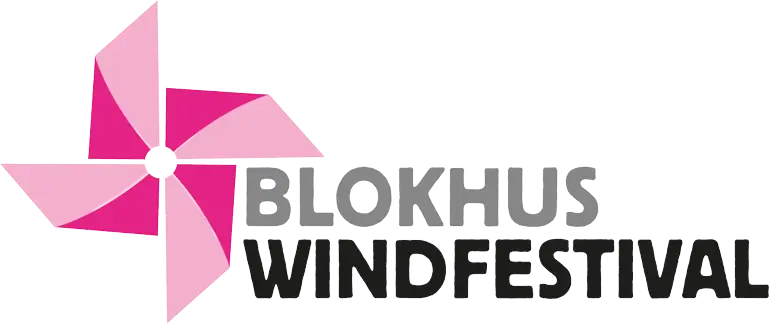So when time allowed today I opted for the vented quad line, my 30m (100ft) line set and hit the field to find out.
Ok, I admit, I had to fly the pairs routine solo. No other quad flyer around … business, as usual, that is. But heck, at least I can do half a pairs routine and just pretend that another kite is in the air with mine. 😉
First, a little warm-up to feel the wind and the kite, the size of the wind window and get my body going. The wind was certainly there coming more or less in from the sea making it pretty smooth. I’d say at about 6-8m/sec or 13-18 mph.
I checked out my sketches one last time and hopefully, I had it all memorized. Yeah, I think so. It was ready to go for it!
But before I go into the flying details, I’d like to say a bit about how I have structured the routine.
The Routine Structure
I split the routine into three different levels:
- Sections
- Elements
- Commands
Sections
The routine consists of various sections. All of the sections are descriptively named and all section names are of course unique. The first section of this pairs routine is called Snakes. Why? Well, because it consists of several Snake Down elements.
Another section is called Figure of Eights. I’m pretty sure you can guess why. Yes, it’s because it consists of several figure of eight elements. One parallel figure of eight and another where kite #2 is following kite #1.
Yes, I guess you get the picture about the sections now.
Elements
Then there are the elements, and as mentioned above, each section consists of several elements.
Let’s take a closer look at the Snakes section and the elements within.
The Snakes section consists of four different elements:
- Up and Right
- Snakes Down x 4
- Up and Left
- Snakes Down x 4
The Up and Right means both kites take off and fly to the top of the wind window. At the top (or very close) both kites turn to the right and start the Snake.
The Snakes Down x 4 means the kites are doing four horizontal trajectories (across the wind window) all trajectories completed by a downturn. When the kites are halfway through the fourth trajectory, both kites should land simultaneously.
Up and Left should be pretty self-explanatory by now. Both kites take off and fly to the top of the wind window once again, but this time turning to the left.
Finally, the Snakes Down x 4 takes both kites down to another simultaneous landing.
Commands
The commands are the fine details. In order to avoid misunderstandings, my opinion is that the commands also should be pre-defined. Most of the commands consist of a preparation command and an execute command. Self-explanatory I guess. The preparation command is telling what comes next and the on the execute command, both pilots perform what’s been prepared.
I’ll give you an example, the Up and Right:
- “Up – NOW”
The UP means prepare to launch.
The NOW means both kites take off simultaenously - “Turn right – NOW”
The TURN RIGHT means both pilots must prepare to do a right turn (and fly towards the right)
The NOW initiate the turning and going right.
Now we enter the second element of the Snakes, the Snake Down x 4. - “Turn and Left – NOW
The Turn and Left mean exactly that, both kites are to turn down and continue flying a straight trajectory towards the left.
The NOW initiate the turning (down) and fly a horizontal trajectory towards the left. - Turn and Right – NOW
The Turn and Right mean exactly that, both kites are to turn down and continue flying a straight trajectory towards the right.
The NOW initiate the turning (down) and fly a horizontal trajectory towards the right.
Yeah, I guess you get the picture. Prepare and Execute!
Solo Flying
When flying the routine solo, the commands are still important. Why? Well, it’s a practice for including that other pilot! If you have practised the commands when flying alone, hopefully, you will find it easier when flying as a pair!
I guess the passers-by were puzzled by my shouting out at the field while flying, but you know, we nerds won’t be bothered by that!
So how did it go?
Really fine actually! I flew my kite as the leading kite, the kite to the right, and completed the routine many times, fine-tuning the elements and position of the kite. I also managed to end up with no twists in the lines after the final landing. That’s a good thing too!
Right now I’m working on a video of the complete routine – yes, one kite only – but hopefully my comments will make sense and somehow make you visualize the routine with that other kite too. And I promise you that when the routine is flown by TWO pilots, I’ll make sure to get it on video and share it with you!





0 responses
> I guess the passers-by were puzzled by my shouting out at the field while flying, but you know, we nerds won’t be bothered by that!
Don’t worry, they probably just thought you were talking on the phone. The days when anyone-talking-without-anyone-being-around was immediately considered …not sane, are long time gone. Also when doing kiting (or perhaps even more when explaining) you kind of get practice(/or get used to) in not to think too much about what others think. That said, I must confess that it was not too long ago I wanted to hide on a small isolated field when learning QLKs in no/low wind. (The way to handle it b.t.w. (mentioned if it could be of help for someone) was for me not just start with zero wind, but gradually go lower until 360ies became more natural)
Imagine that there were set of sequences of figures known to most persons to facilitate spontaneous simultaneous sharing of the sky (group flying). A (well chosen) *sequence* (would that be a long section or a sequence of sections in your terminology?) of figures (elements?) would not to put unnecessary strain on any spontaneous caller and by the end of it every kite would (well should) come out of it with the lines not twisted and free of each other. If this would be ready and well packed for any organiser of any kite event to link to and to encourage participants (event after event) to get acquainted with and practice in advance – Wouldn’t it be likely that the over all skill level and interactions between active people would increase? The package could be animations, a *short* video and drawings – perhaps a downloadable html document with (javascript?) animations so it even could be viewed offline. Is such a kit already available somewhere? Or is it perhaps too many instructions available in the sense of not one being the obvious one to learn?
A parallel: People knows how to walk/move, but what makes tango, jitterbug, square dance… possible – preparation!
When learning the Anders Matson routine in 2018 ( https://kitelife.com/forum/topic/8836-a-diy-rookie-response-to-a-qlk-team-flying-routine-how-i-got-started-practicing-a-qlk-routine/ ) I sought to compress the routine to as few characters as possible when memorizing it and ended up with the following:
4 WAVES
2 ARCHES
2 CIRCLES
ML
2 (OL,GRID)
1 lap: RSRP
HL
Ok, it doesn’t make sense on its own. You need to almost know the routine to be helped by it. But as a rehearsal list it is very short allowing for longer routines to memorized. Any resemblance to sheet music? Would it benefit from some kind of a standard?